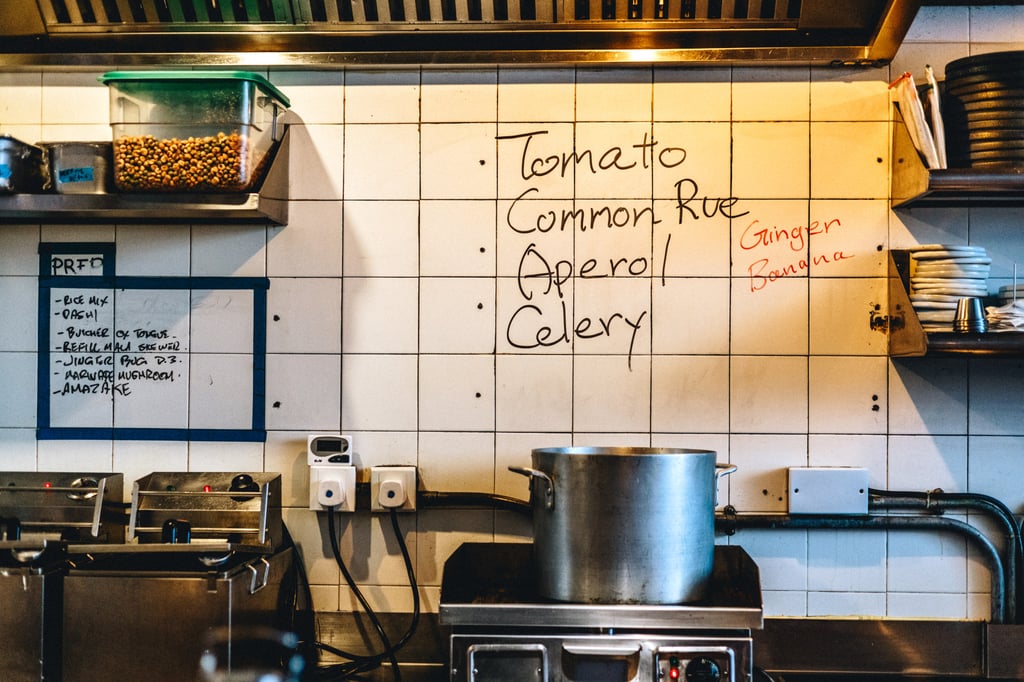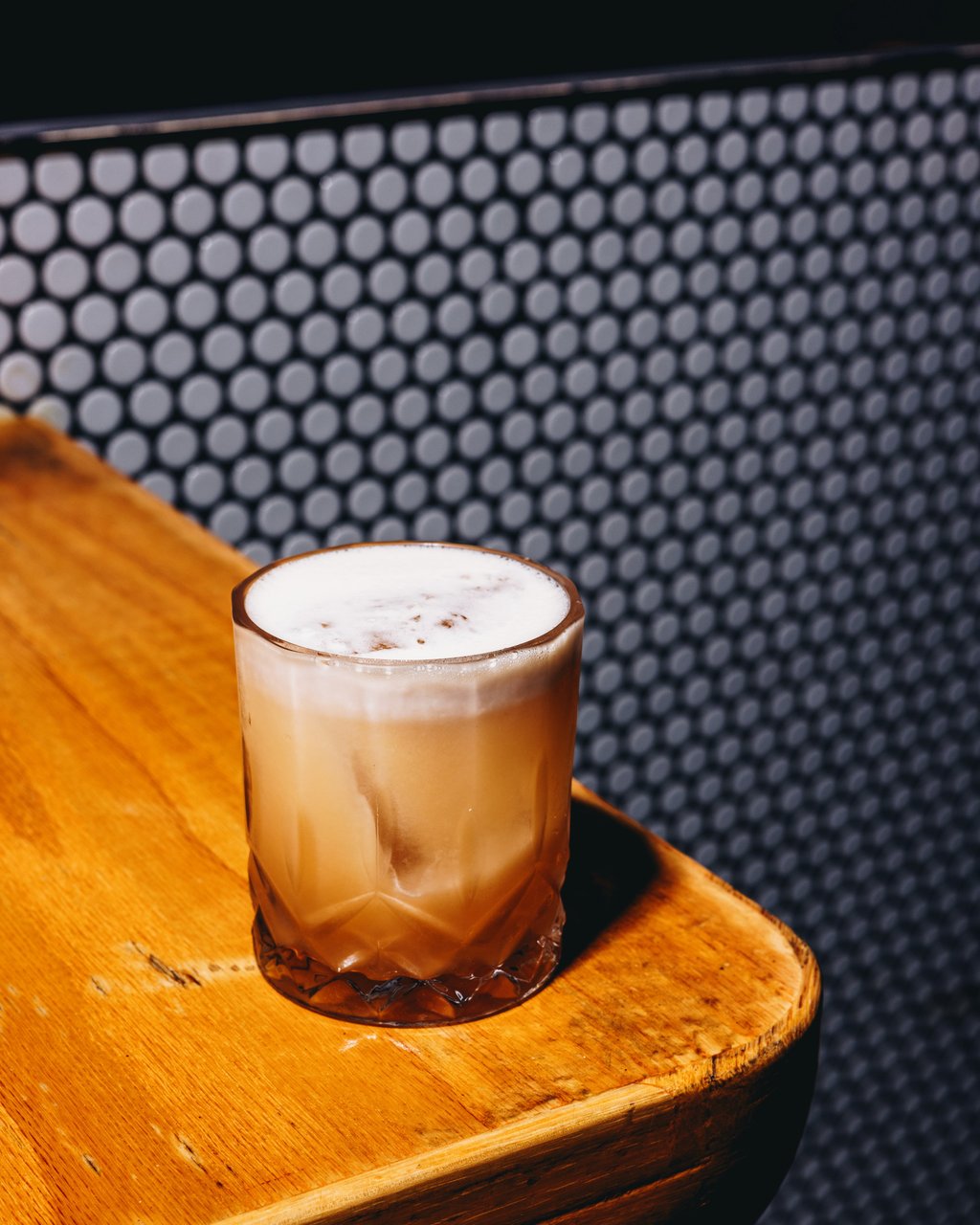Originally, Mostly Harmless made its name with a pared-back menu featuring four local ingredients rotated each evening depending on what was fresh and best available, and no garnishes. The team used, and continues to use, kitchen techniques such as boiling, reducing and sous-viding to bring out the best of seasonal local ingredients. Alcohol was added to complement these ingredients rather than the other way around, subverting the norms of cocktail creation.

“When I created Mostly Harmless, I was tired of looking at the base spirit as the main thing … I would say we’re more culinary now than ever, because we no longer have to worry about [including] a spirit. Now all we worry about is how we make this feel good on the tongue,” Star says.
For her, this is a question of chemistry and texture, as the current direction goes beyond a few non-alcoholic options tacked on at the end of a menu. Star explains how using potato or bean starch, or fermenting nut milk, helps create textures and notes that evoke alcohol. Her team has also been able to recreate, in flavour and mouthfeel, their own non-alcoholic versions of brown spirit, white spirit and various modifiers.

Much of the above is foundational to the Agave & Tomato, one of the earliest zero-alcohol concoctions announced alongside Mostly Harmless’ change of direction. The drink reverse engineers the flavours of agave spirits and tomato vermouth to create something reminiscent of a martini in its two-ingredient construction.